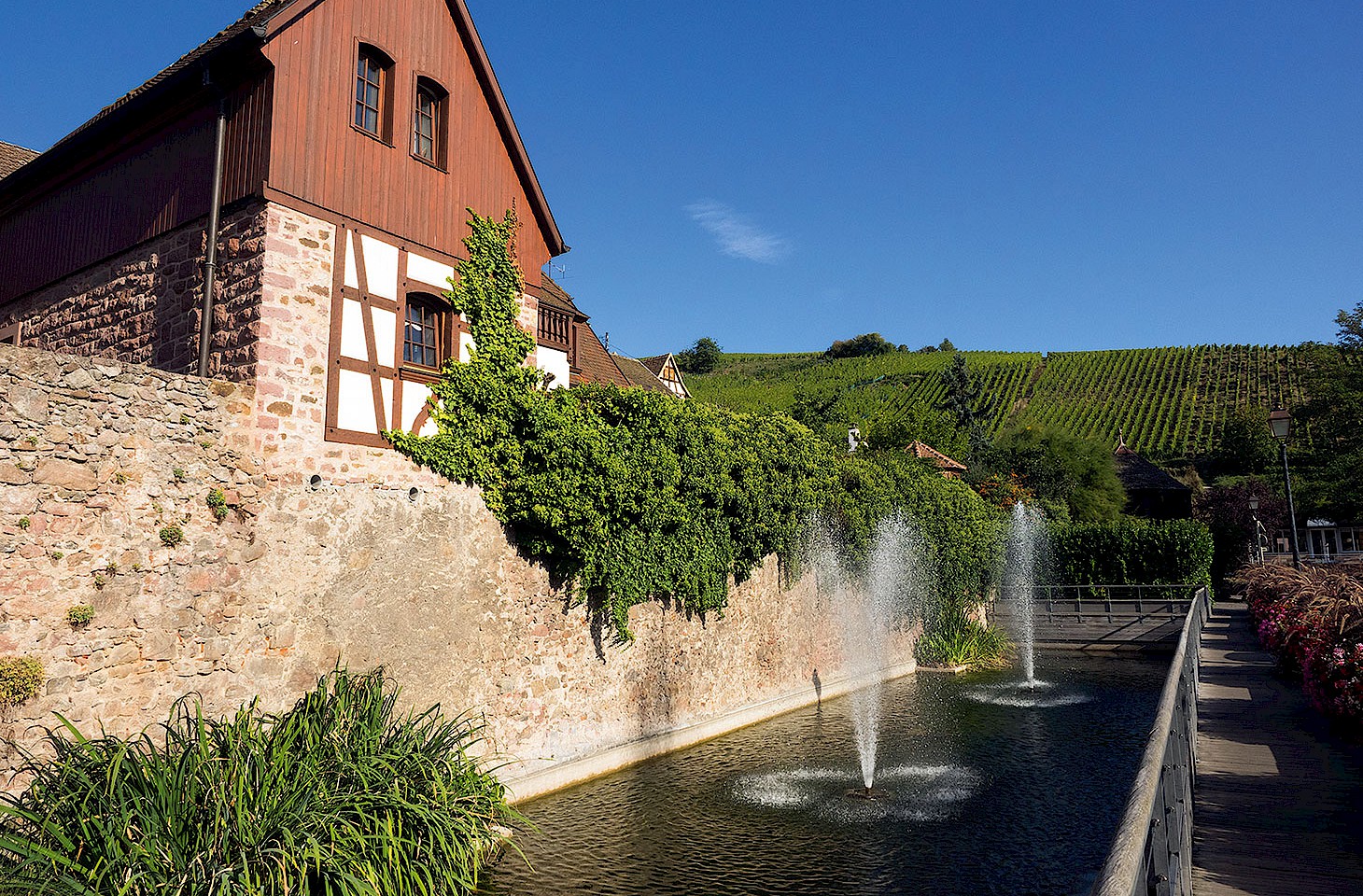Visitors to Humor monastery in Romania (see the first feature in this issue) who venture just slightly further north up the Humor valley will encounter a little surprise that reveals a lot about both Romanian history and the modern Romanian state.
The village just beyond the monastery is Plesa and it has a little Roman Catholic church first consecrated in the early twentieth century. Nothing especially noteworthy in that for, although Romania is overwhelmingly Orthodox, the country has a modest Roman Catholic minority, numbering about five per cent of the population. But look inside the church and you will find that many of the signs are in Polish, and the Mass books and hymnals stacked in piles at the back of the church are all in Polish.
The southern Bukovina area has long had a small Polish minority, and Plesa is one of the outposts in the hills where Polish life and culture still thrive. The Poles who live locally render the village name slightly differently: Plesza. And yet further up the Humor valley, the village of Poiana Micului (known as Pojana Mikuli in Polish) has an even more sizeable Polish population. Across the hills to the east, there is a third village full of Polish life. Shown on Romanian maps as Solonetu Nou, but known to the local Poles as Nowy Soloniec, this village has a Polish language school and shops selling Polish grocery products. Staff at the community hall, known as Dom Polski (the Polish house), play a key role, along with the local Roman Catholic church, in ensuring that the region’s Polish connections are not lost.




